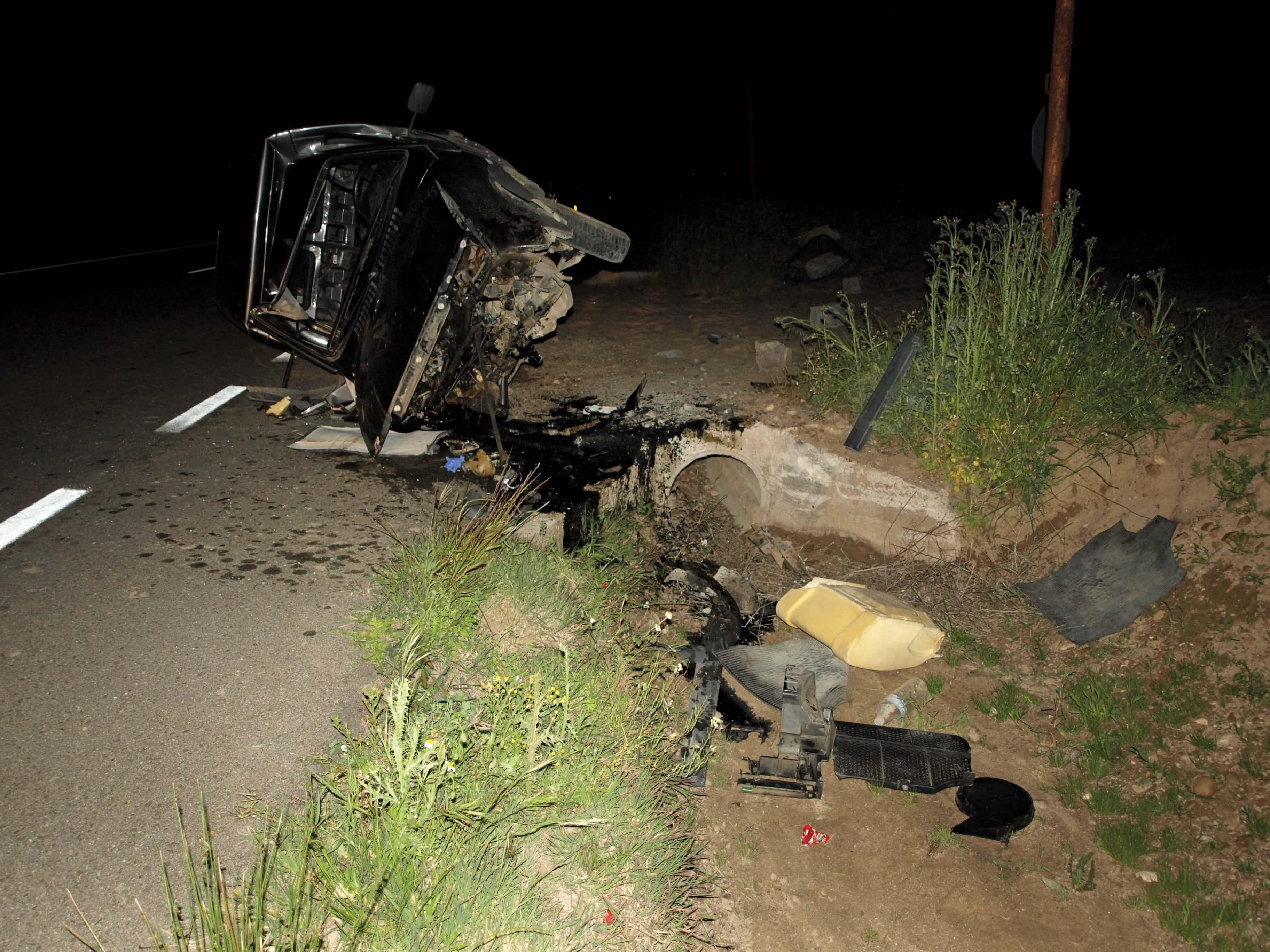Bulgaria and Romania have the worst road casualty rates of any EU nations, with data for 2016 revealing the extent of the problem. In 2016 Bulgaria saw 999 fatalities/1,000,000 of population while Romania saw 97 road deaths/1,000,000 of population. Poland and Lithuania also scored poorly on road safety at 80 deaths/1,000,000 of population, while Hungary saw 62 road deaths/1,000,000 of population. The average across the EU nations was 50 road deaths/1,000,000 of population. Meanwhile Sweden saw the best road safety standards in the EU with just 27 road deaths/1,000,000 of population closely followed by the UK with 28 road deaths/1,000,000 of population. Denmark and the Netherlands are also amongst the countries with the safest roads in the EU, both recording 37 road deaths/1,000,000 of population.
The road safety issues are not being resolved quickly enough in any EU country. The target of haling road deaths in the EU for the period from 2010 to 2020 now looks unachievable. The latest data from Hungary for example highlights the issue. Information from the Hungarian national police department (ORFK) shows that 530 people have been killed on the country’s roads in 2018. Hungary has seen an average of around 15,000 road crashes/year in recent times, with speeding identified as a frequent problem.
Europe’s most dangerous roads in Bulgaria and Romania
Bulgaria and Romania have the worst road casualty rates of any EU nations, with data for 2016 revealing the extent of the problem. In 2016 Bulgaria saw 999 fatalities/1,000,000 of population while Romania saw 97 road deaths/1,000,000 of population. Poland and Lithuania also scored poorly on road safety at 80 deaths/1,000,000 of population, while Hungary saw 62 road deaths/1,000,000 of population. The average across the EU nations was 50 road deaths/1,000,000 of population. Meanwhile Sweden saw the best road
November 19, 2018
Read time: 2 mins







